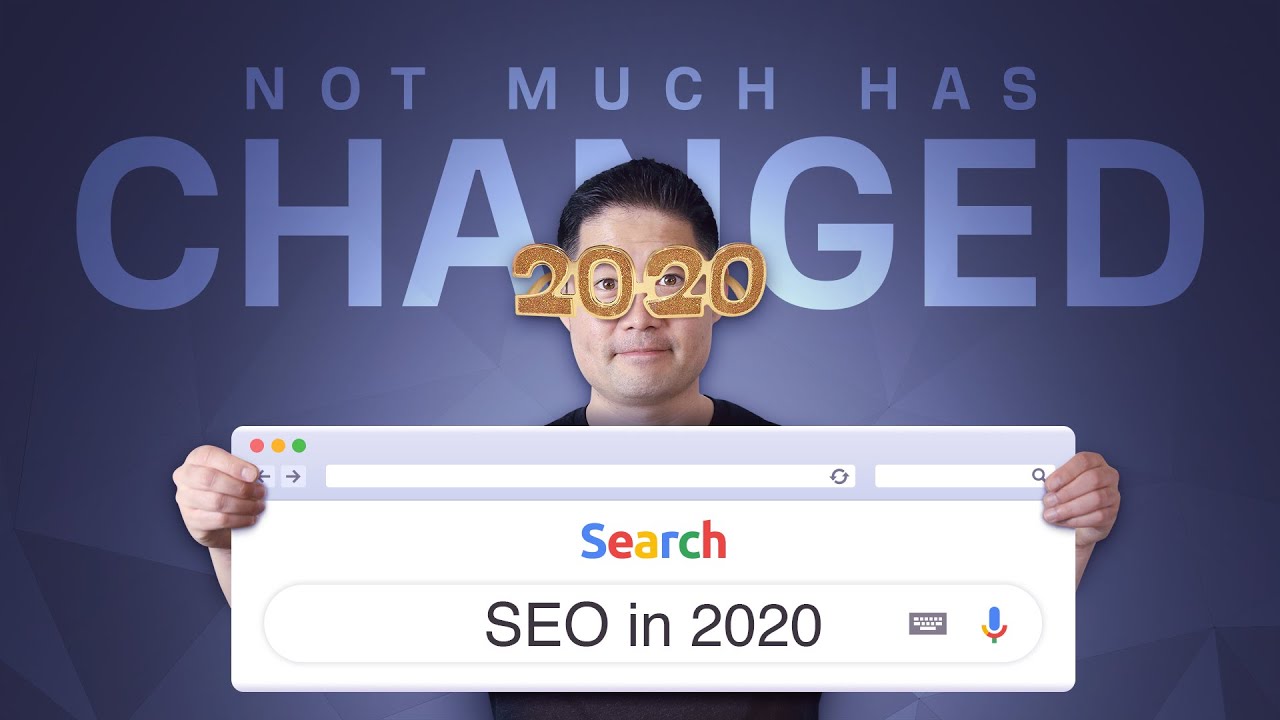Are you getting overwhelmed with your SEO reports and all the tools? There are so many out there. Well, don’t worry. You’re not alone. Today, I’m going to break down the only features you need to use in SEO tools.Don’t get bogged down by reports and features and tools. That do very little to actually get you more rankings. I’m going to break down four main features and reports that you need to rank higher. And here’s best of all, you can do pretty much all of this in Ubersuggest.
RESOURCES & LINKS:
____________________________________________
Ubersuggest: https://neilpatel.com/ubersuggest/
____________________________________________
You can find it in neilpatel.com/ubersuggest, or just go to ubersuggest.com. And you can do literally most of this stuff for free in Ubersuggest. That’s what’s great. So in that sense, we’ll go down the four main features you need to use and how you can do it for free.
So, let’s dive right in. Number one, Rank Tracking, Look, on Google, if you don’t know what your rankings are, if they’re going up or if they’re going down, or how things are improving or declining, how are you going to improve? Those things are really important, right? Be here’s the thing with SEO, it’s a long game.
And Rank Tracking shows you that, and it can track your rankings on a daily basis and a weekly basis, whatever you prefer. And you can even track your rankings on mobile devices and desktop. You can do the all in Ubersuggest for free. And what’s cool about that is that way you can see how you’re performing on different device types. And it tells you when you’re doing SEO, what’s working and what isn’t.
The second thing that you need to look at with these SEO tools is Competitive Analysis. Competitive Analysis tells you what your competitors are doing and what’s working for them. Look, you don’t want to recreate the wheel. You want to do what’s working for others, and just do it better. Why start from scratch?
And what’s cool is, you can see the keywords by clicking on the Keywords button and you’ll see all the keywords that that page ranked for. And that’ll tell you, hey, should I also create a page that’s very similar. Well, if I do, now I know what keywords to go after because it’s related to my business and it can also drive me sales.
And another cool feature is you can also see all the backlinks that are driven to that page. All the other sites that are link into your competitor’s page. Because here’s the thing, if someone wants to link to your competitor, they’re probably willing to link to you too.
So now, you got a list of links going to your competitors. So, you can create a better page than that’s more thorough, go after all their keywords, and you can also hit up all the people linking to them and ask them to link to you too.
The other cool thing that I like about the Competitive Analysis report on Ubersuggest, you can see how much traffic your competitors getting. If they’re getting more traffic month over month or less traffic month over month, because Google is doing so many updates.
The third report that you need to look at and feature within these SEO tools is Keyword Ideas. Now, the Keyword Ideas report in Ubersuggest gives you all these ideas that you can go after.
So, you want to go after popular keywords. And what’s cool about the Ubersuggest Keyword Ideas report, you can actually filter it by some any region, such as United States or Canada, or UK, or India, or Brazil, or even South Korea.
And within the Keyword Ideas report in Ubersuggest, there’s also a Content Ideas report. What that’ll show you all the content that you can write about that are related to those keywords. So, you can see what’s popular on Facebook, what’s popular on Pinterest, what’s popular from the backlinks perspective, and what’s even popular from an organic SEO perspective.
The last factor, and this is number four, is Backlinks. If you don’t get people linking to you, you’re not going to do well. Backlinks are like votes.
So, you want to get ideally bigger sites linking to you and more relevant sites. And you can use the Backlinks report within Ubersuggest. And what’s cool is they have a Backlink Opportunity report more specifically, where you can put in your URL and then your competitor URLs. And it’ll show you all the people that linked to your competitors, but don’t link to you.
Because if someone links to not just one but two, three, four of your competitors and they don’t link to you, the chances are they don’t mind linking to other people in your space because they’re already linked to lots of your competitors.
► If you need help growing your business check out my ad agency Neil Patel Digital @ https://neilpateldigital.com/
►Subscribe: https://goo.gl/ScRTwc to learn more secret SEO tips.
►Find me on Facebook: https://www.facebook.com/neilkpatel/
►On Instagram: https://instagram.com/neilpatel/
#SEO #NeilPatel #DigitalMarketing









